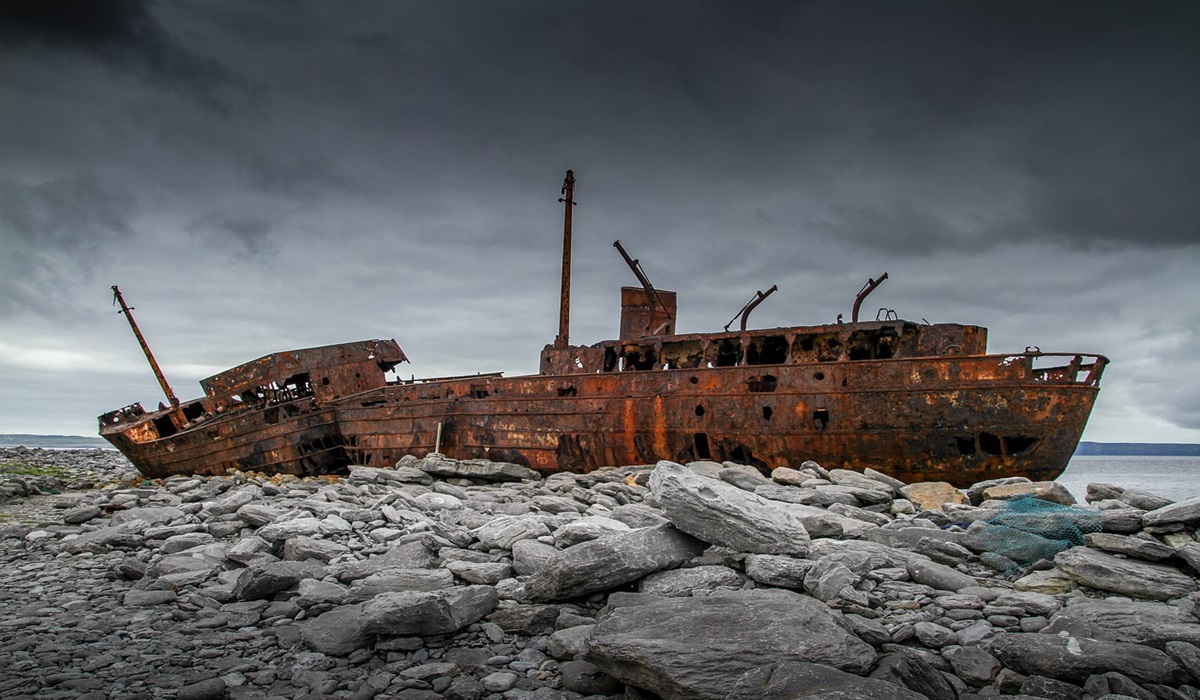Image Credit, Roland Mey
The Panama Canal stands as one of the most significant engineering marvels in modern history, reshaping global trade and transport. Before its completion in 1914, ships embarking on voyages between the Atlantic and Pacific Oceans had to navigate the perilous Drake Passage, a notoriously treacherous route at the southern tip of South America. This passage, often referred to as the “ship’s graveyard,” posed extreme risks due to its geographical configuration and severe maritime conditions.
The Drake Passage is a narrow stretch of water between the southernmost point of South America and Antarctica. Its notorious reputation stems from a combination of factors: the convergence of the Atlantic, Pacific, and Southern Oceans, which creates unpredictable and often violent weather patterns; the lack of significant landmass to break up ocean currents, leading to strong and erratic waves; and the presence of icebergs and freezing temperatures. The confluence of these elements makes the Drake Passage exceptionally hazardous for ships. Historically, many vessels were lost, along with their cargoes and, tragically, human lives. This deadly stretch of water made it clear that an alternative route was essential for safer and more efficient global maritime navigation.
The creation of the Panama Canal was driven by the need to provide a safer, faster, and more economical route for ships. By cutting through the Isthmus of Panama, the canal connects the Atlantic and Pacific Oceans directly, eliminating the need for the perilous journey around Cape Horn via the Drake Passage. The construction of the canal was a monumental feat of engineering, involving the excavation of over 200 million cubic meters of earth and the creation of an intricate system of locks to manage the elevation changes between the two oceans.
Since its opening, the Panama Canal has transformed global trade. It significantly reduces the distance ships must travel, cutting thousands of miles off voyages that would otherwise require circumnavigation of South America. This not only saves time but also reduces fuel consumption and operational costs for shipping companies, leading to lower costs for goods worldwide. Furthermore, the canal enhances the safety of maritime transport by providing a more controlled and predictable passage.
The statistics surrounding the Panama Canal highlight its immense impact. Each year, thousands of vessels pass through the canal, carrying hundreds of millions of tons of cargo. The canal’s strategic importance cannot be overstated; it serves as a critical conduit for international trade, with a significant portion of global maritime traffic depending on it. The ability of the canal to accommodate large cargo ships, including the massive Panamax and post-Panamax vessels, underscores its role in the global economy. By providing a direct route between the Atlantic and Pacific Oceans, the canal has revolutionized global trade, enhancing the safety and efficiency of maritime transport. The engineering triumph that is the Panama Canal continues to be a linchpin in the global shipping industry, underscoring its enduring importance in the interconnected world of commerce.









